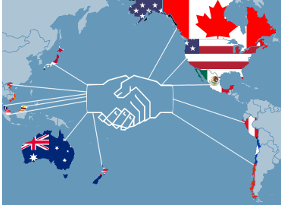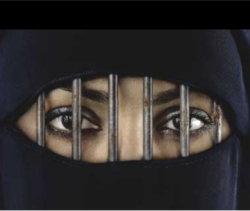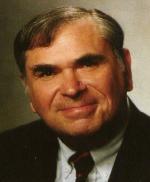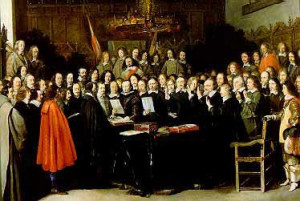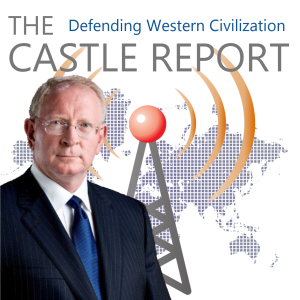
State Banks
Part of the solution to America’s Economic Problems?
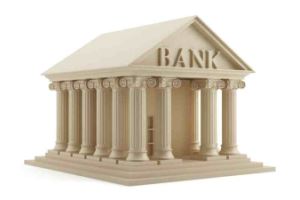 Virtually every problem that we face in America can be traced back to our current monetary system, set up in 1913 with the passage of the 16th Amendment and the creation of the Federal Reserve System. It has been over 100 years of chaos, war, depression, recession, and boom/bust economics. That is because the United States Congress surrendered its constitutionally-mandated authority over America’s monetary system to a cartel of bankers, who formed a central bank called the Federal Reserve (the FED). This bank is the central bank of the U.S., and since the US dollar is the world’s reserve currency, it is has become the de-facto central bank of the world.
Virtually every problem that we face in America can be traced back to our current monetary system, set up in 1913 with the passage of the 16th Amendment and the creation of the Federal Reserve System. It has been over 100 years of chaos, war, depression, recession, and boom/bust economics. That is because the United States Congress surrendered its constitutionally-mandated authority over America’s monetary system to a cartel of bankers, who formed a central bank called the Federal Reserve (the FED). This bank is the central bank of the U.S., and since the US dollar is the world’s reserve currency, it is has become the de-facto central bank of the world.
CENTRAL BANKS
Central banks exist to create money and loan it to governments at interest. They also set banking rules within the banking industry and with the manipulation of those rules they can control a nation’s economic success or failure. The point is that the FED creates money from nothing on its computers and loans it out at interest.
FRACTIONAL RESERVE BANKING
The second concept is fractional reserve banking which allows banks to create and loan out approximately 10 times what comes into the bank as loan repayments etc. It is how money multiplies in the economy. The banks charge interest and secure capital such as real estate from money they loan which they create on their computers from nothing, all according to rules set by the FED. This is how governments and individuals become enslaved to the banks. It is also how governments finance wars and how war inures to the benefit of banks.
STATE BANKS
The point of state banks is to do a similar thing to what the FED does, except with little or no interest. A state could form its own state bank into which all state revenue would be deposited. The state could then loan this money at little or no cost, i.e. just enough to fund administrative costs. The state could also use the fractional reserve banking rules to multiply its wealth, removing to a large extent, the necessity for a state to borrow money from the banking system or to sell bonds to finance a public project. Industry, such as agriculture, manufacturing, etc., could be provided loans at little or no interest. People could return to work in good paying jobs. Ties to the world banking system and Wall Street would be weakened.
Why isn’t this, a more popular idea? Because central banks own everything including all politicians of any import as well as the heads of all major corporations, media outlets, university faculties, etc.
The state banking concept comes close to the ideas of social credit. That is, like water and electricity, credit is a public utility and should be available to people at little or no cost rather than owned by a private banking group. Credit is money, i.e. the medium of exchange, and people should have access to it.
The best known advocate of state banks is Ellen Brown www.webofdebt.com. She has a good book by the same title for sale on her site. The best known advocate of social credit is the American Monetary Institute.
The Constitution says that no state shall call anything but gold and silver money, but we haven’t followed that idea in a long time. The great post World War Two economic expansion was fueled by the credit bubbles largely created by the central banks. State banks run by boards of responsibly elected people would destroy the government’s ability to engage in mischief, and in addition, our current system is so destructive that state banks would be a vast improvement. Are they Constitutional–perhaps not, but they would be a much, much better system than we have now.
